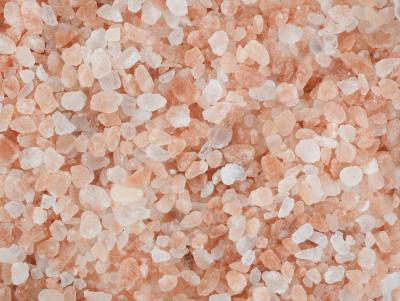
We often hear that Himalayan salt is of better quality and healthier than ordinary table salt. Is that really so?
Namely, the pink Himalayan salt has a slightly higher amount of trace minerals, which is why it has become popular. It comes from the Khewra salt mine located near the Himalayas in Pakistan. The natural process of harvesting salt allows it to "possess many other minerals and trace elements that are not found in ordinary table salt," according to numerous sources.
Himalayan or sea salt
Although it is true that pink salt contains about 84 different minerals and trace elements, which gives it a unique color and a slightly different taste, only 2% of salt consists of these minerals, reports Medical News Today. This means that the pink Himalayan salt is nutritionally similar to the ordinary one. So, you will probably not see any additional health benefits with the replacement.
Another popular claim is that pink Himalayan salt is less processed and "more natural" than sea salt. Again, this is somewhat true, but the impact on your health is minimal. Numerous studies show that sea salt often has anti-clotting agents and loses some nutrients during the grinding process, but in that way it also has less impurities.
"It can make a small difference in reducing total salt consumption, which is a big deal," says dietitian Rene Ficek, adding:
"The more salt you eat, the more fluid you retain and the harder it is for the heart to work on processing that fluid, which can increase blood pressure."
But which one to choose?
However, the trick now is that if you completely avoid the usual salt, it can bring problems. Sea salt is the main food source of iodine - and it is a very important mineral that Himalayan salt lacks. We need iodine for the thyroid hormones and metabolism to function properly. So, if we permanently replace sea salt with Himalayan salt, then other sources of iodine should be added to the diet - fish, dairy products or supplements.
But, before any sudden and big changes in the way of eating, it is always important to talk about it with your doctor. It is necessary to pay special attention to sodium consumption due to the impact on heart and kidney health. It is recommended, for example, to consume less than 2,300 milligrams of sodium per day.
Well, although pink Himalayan salt is beautiful and delicious, it is expensive and does not contain iodine. The point is to watch your total sodium intake and not feel pressured to switch to pink Himalayan salt for health, and if you really want to, you can combine it with standard sea salt.
